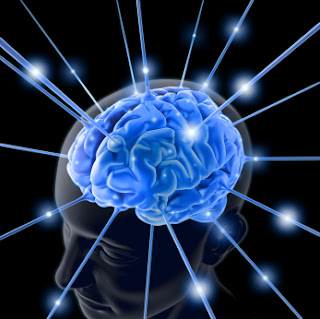During the process of creating my Egyptian revolution vs. Iranian revolution comparative powerpoint, I made several references to the Facebook group 'We are all Khaled Said.' I've brought it up in class as well, because I feel that the Facebook group, originally created by internet activist Wael Ghonim, was not only essential to the success of the Egyptian revolution, but also a glimpse of what revolutions may look like in future years.
Perhaps the reason 'We are all Khaled Said' is so fascinating to me, is because it is essentially a primary source of the Egyptian revolution, updated constantly with images and articles. I am one of 120,000 members of the English group. Rather than being forced to read JSTOR articles or search through newspapers, I have the opportunity to learn about the Egyptian revolution while scanning down my news feed on Facebook. However, we mustn’t forget that such as source is incredibly biased.
Although I probably wouldn't post on the page, participating in polls and seeing the images and articles of the Egyptian revolutionaries as they are released gives me a feeling of indirect involvement in the revolution. Wael Ghonim's group has had a profound impact on the Egyptian revolution; both the actual murder of Khaled Said and the group, which was made to commemorate him, are recognized triggers of the unrest.
I believe that part of the allure of Facebook is the ability to read others' status updates, pictures, and information, and to feel with some justice that you are involved with their lives, without directly participating. Seeing images of other Egyptian youths protesting probably drove many demonstrators to the streets of Cairo. When Mubarak’s government shut down the internet in Egypt, the young people must have felt that this was a personal attack against them.
The story of Khaled Said himself is an extremely tragic one. In June of last year, the 26 year old was falsely arrested by members of Mubarak’s secret police and was tortured and killed for “committing crimes against the government.” The cell-phone image, which shows Said’s mangled face after his death is truly horrific. There was definitely an element of martyrdom as demonstrators began to protest earlier this year. For young people, seeing the handsome face of Khaled Said on Facebook must have reaffirmed the fact that he was just an ordinary young man, brutally tortured and killed for next to no reason.
As we look back on revolutions of the past century, we notice the profound effect of media on the courses of revolts. From Razmi’s photo from Iran in 1981 to the video of the Tank Man in Tiananmen Square in 1989, media has come to define these events. I believe that groups like ‘We are all Khaled Said,’ and social media in general, are the next stage in a long evolution of journalism and media’s effects on revolutions. Wael Ghonim himself said, “Without Facebook, without Twitter, without Google, without YouTube – this would have never happened.” So will future revolutions be impossible without Internet access? I doubt it, but in a new age of globalization, I have a feeling that social media will infiltrate any exciting event.





